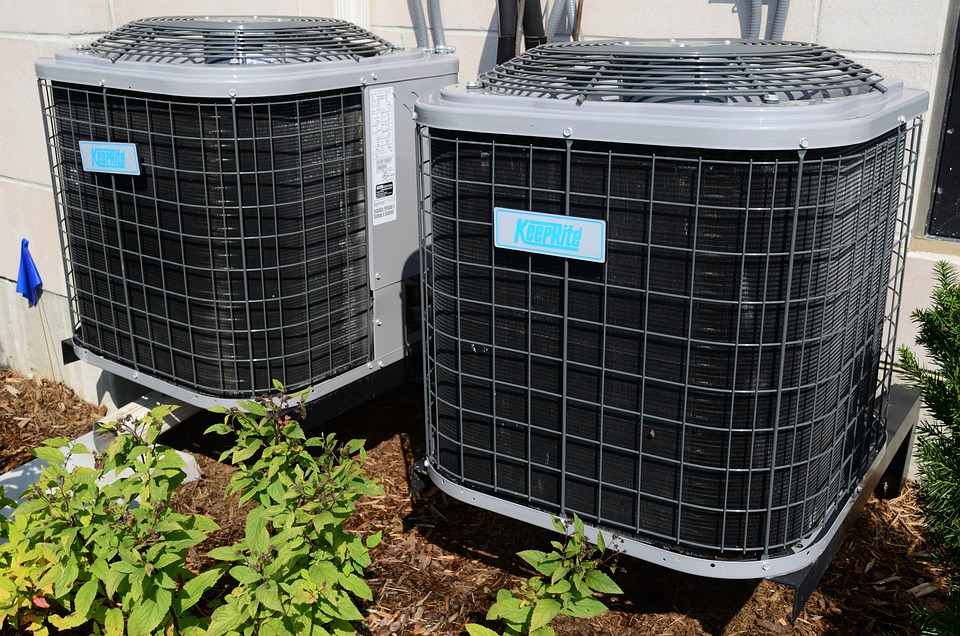Your heating and cooling system is a critical link in your home’s comfort. When something goes wrong, the house can quickly become uncomfortable and even dangerous. Although HVAC systems are very complex, there are a few problems that are responsible for most of the breakdowns. Here are four things that could be letting your home get too hot or too cold.

Blown Capacitor
When your thermostat triggers and tells the system to turn on, it sends a signal to a device called a capacitor. A capacitor is basically a special switch that tells the heat pump fan and compressor to come on. If the capacitor goes out, the thermostat’s signal will never reach the unit. You may hear a humming sound as the capacitor tries to activate the equipment. An easy way to confirm this is to use a screwdriver to “push-start” the fan. If it starts spinning on its own, the capacitor is likely the issue. It is an inexpensive part and a fairly simple job, but high voltage is involved. Do not replace your own capacitor if you do not have basic electrical knowledge.
Wet Switch Issue
Most modern homes have a split HVAC system that includes an outdoor unit where the warm or cool air is generated and an indoor unit that circulates the home’s air. This is part of a standard AC system installation. An indoor unit may be set up in a large plastic pan that keeps it from dripping through the ceiling or onto the floor. In that pan is a device that looks like a hockey puck with a wire running to the unit. This is a wet switch, and it is designed to cut off power to the unit if water accumulates in the pan. Condensation or dripping water from other sources can cause the switch to activate needlessly. You can pat the switch dry and eliminate the water source to get the unit going again.
Coil Freeze-Up
The outdoor unit generates cold refrigerant and pumps it into coils in the air handler. The air moving across these coils cools the space–and warms the coils. If there is not enough warm air moving across the coils, they will quickly ice up. The ice can actually follow the refrigerant line all the way back to the heat pump. This is usually a result of slow air flow caused by dirty filters or other obstructions in the ductwork. Replace the filter and let the coils thaw to restore normal function. Make sure to allow enough time for the ice to melt off the entire line and coils.
Refrigerant Loss
Over time, the various lines and connections that contain the refrigerant in the outdoor unit can start to deteriorate. Eventually, leaks can develop, allowing the refrigerant to escape. Once the level becomes low enough, the system will not cool properly. The refrigerant can only be replaced by a licensed technician.
Like all home systems, your HVAC will eventually develop problems. Make sure you understand the most common issues so that you know where to start in getting it back online.

